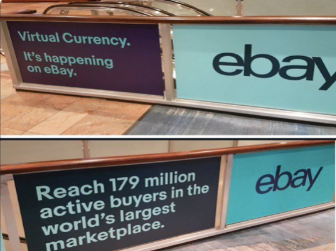 In the UK, Digital payments overtook cash payments for the first time last year, and the trend of using less cash when shopping looks set to continue, with now over 63% of UK consumers using contactless payment.
In the UK, Digital payments overtook cash payments for the first time last year, and the trend of using less cash when shopping looks set to continue, with now over 63% of UK consumers using contactless payment.Contactless technology was invented by Nikola Tesla in 1898, using radio signals to control a model boat in New York. However, it took until 1995 for contactless tickets to be first used in Seoul in Korea to replace bus and rail paper tickets. Finally, in 1997, Mobil petroleum launched “Speedpass” to enable customers to pay for fuel at petrol stations in the US.
However, while cashless payments are proving ever popular, the costs of using even a debit card can be nearly 3%, especially if used overseas. It is estimated that soon credit card costs in the US are projected to exceed $110 billion, although this is largely as a result of the $1 trillion of debt that is held on credit cards.
We are seeing more merchants increasingly accepting Digital currencies as a form of payment, as illustrated by Whole Foods, Bed Bath and Beyond, Office Depot, Nordstrom, Jamba Juice, Barnes and Nobel, all announcing that they will allow customers to pay for goods using Flexa’s Spedn. The Spedn App creates a quick response, “QR” code, which you can then scan at the check-out, automatically transferring in the local currency, and taking the equivalent amount from your selected cryptocurrency from your Spedn digital wallet.
Spedn potentially is a much cheaper way to buy goods and services when overseas. If it can also accommodate Digital Assets that are given to customers as part of loyalty and incentive schemes, hopefully, we can all start using those old Airmiles, Avios, Nectar, Starbucks points, etc., provided such firms also digitise their platforms.
Meanwhile, last week at Consensus, a Blockchain conference in NYC, the banners above were displayed.
Once we see the likes of eBay accepting Cryptocurrencies as a form of payment, how long will it be before we see Amazon also do the same?


